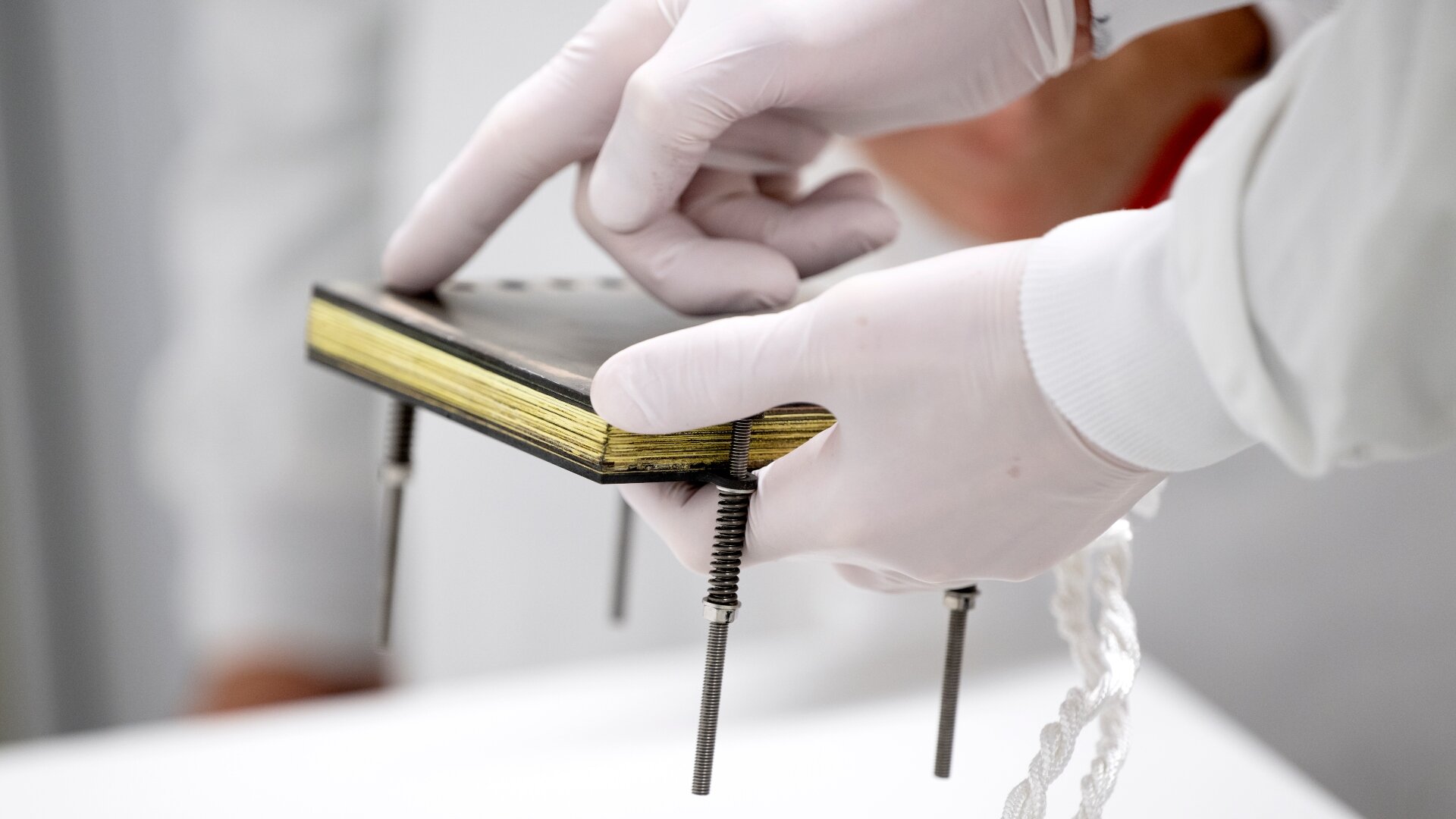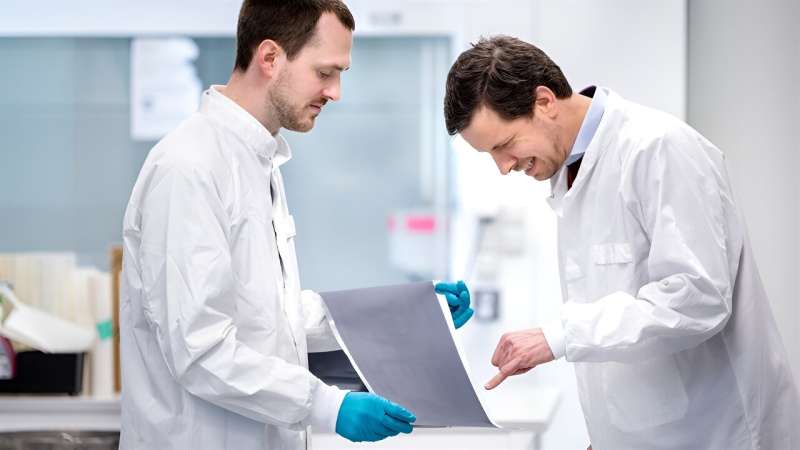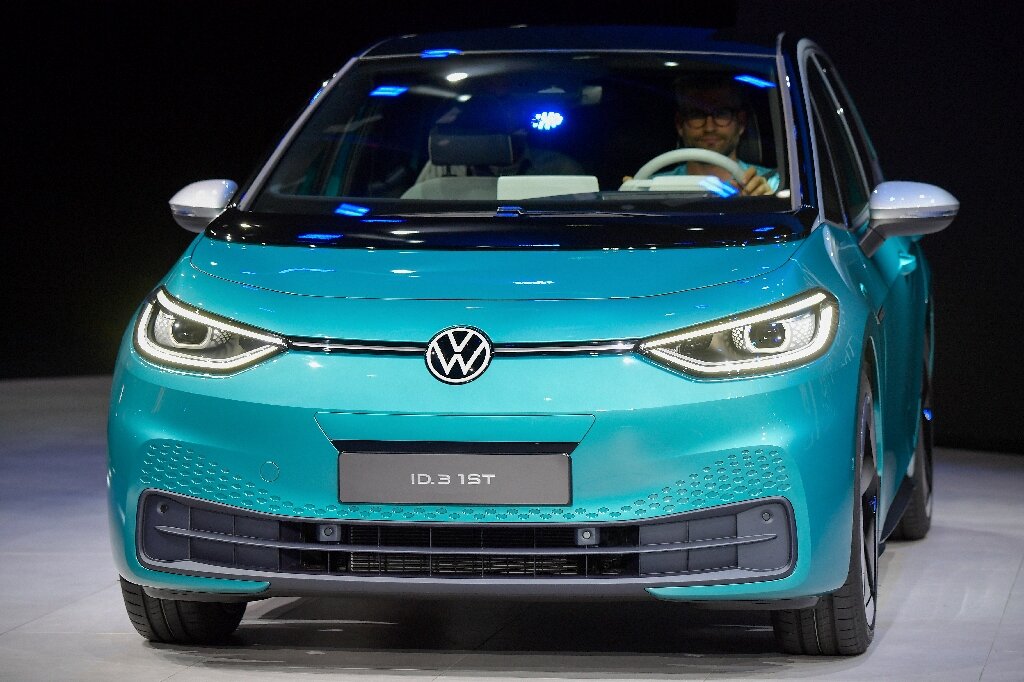#New electrolysis cells pave the way for cheaper hydrogen

Table of Contents

Ceramic electrolysis cells with new electrodes show good results and no signs of electrode deterioration after 1,000 hours of testing at DTU. Electrolysis cells play a key role in converting green electricity from wind turbines and solar cells into fuels such as hydrogen, methanol and ammonia that can help reduce CO2 emissions and promote sustainable transportation and industry.
Researchers at DTU have fabricated and tested a new type of ceramic electrolysis cells with Ni-GDC fuel electrodes and demonstrated that instead of wearing out, the electrodes maintain their performance. Professor at DTU Henrik Lund Frandsen estimates that the increased lifetime of Ni-GDC electrolysis cells can lead to significant savings in material consumption in future power-to-x plants and reduce the price of green hydrogen by up to 5%.
“If we can get ceramic electrolysis cells into power-to-x technology in enough places around the world, their efficiency means that you can save 25% of all the electricity needed to produce the same amount of green fuel and save up to about 20% of the price of hydrogen. And if we also improve the lifespan of the technology, it will result in material savings, which will mean a further price reduction of 5%,” says Frandsen.

A thousand hours of testing
The experiments to evaluate the stability of the Ni-GDC electrodes were conducted by postdoc Morten Phan Klitkou and others at DTU. The tests were performed at different currents for 1,000 hours. The results showed that the resistance in the fuel electrode only degraded slightly at very high current draws. The experiments showed that the primary degradation mechanism of conventional ceramic electrolysis cells could be avoided as the nickel in the electrode did not move even under the high current draw. Current cell technology would not have been able to tolerate the same strain.
However, the researchers found that there are still some challenges with the new electrolysis cells, where the new materials have caused another problem in the electrolyte. Despite this new complication, the researchers believe that the test results with the Ni-GDC electrolysis cells are very positive and show a scalable path to manufacturing highly efficient and long-lasting electrolysis cells.
The production of hydrogen by electrolysis is a key part of the green transition, where the first step in any power-to-x (PtX) process is always the production of hydrogen by electrolysis. In the future, we will have large amounts of power available from wind turbines and solar cells, including from the two energy islands to be built in the North Sea and on Bornholm. Much of the green electricity from the islands will be used to produce fuels for applications that are difficult to electrify, such as heavy road transportation, aviation, shipping, and a number of industrial processes.
Production of electrolysis cells
In Denmark, a lot of research and development of ceramic electrolysis cells has been carried out in a collaboration between the company Topsoe and researchers at DTU. In 2014, the parties entered into a non-exclusive license agreement that made it possible to manufacture and develop ceramic electrolysis cells (SOEC) in collaboration with DTU Energy. In 2023, this development led Topsoe to start construction of the world’s first large scale factory to produce high-temperature electrolysis cells assembled in large numbers in so-called stacks in Herning. When the factory is completed in 2025, it will be able to produce 500 MW of electrolysis units annually, and by 2030, production will be expanded to 5 GW annually.
Frandsen estimates that it will take up to ten years before the Ni-GDC electrolysis cells are fully scaled up and utilized in power-to-X plants internationally.
Citation:
New electrolysis cells pave the way for cheaper hydrogen (2024, May 30)
retrieved 30 May 2024
from https://techxplore.com/news/2024-05-electrolysis-cells-pave-cheaper-hydrogen.html
This document is subject to copyright. Apart from any fair dealing for the purpose of private study or research, no
part may be reproduced without the written permission. The content is provided for information purposes only.
If you liked the article, do not forget to share it with your friends. Follow us on Google News too, click on the star and choose us from your favorites.
If you want to read more Like this articles, you can visit our Science category.




